Turbo Archie
Well-known member
What model is the clip fed Walther 22?
Thanks!!










..
Thanks!!
..
Last edited:

The KKJ was a post-war creation wasn't it? The Model I and II were made during the war also.
Now your confusing me.
Is a model II not a clip fed semi auto-repeater pre-1945?
..
I cleaned this up as it was getting really confusing. The mod1 and mod2 are basicly the same rifle. Mod1 has a shorter barrel flip rear sight. Mod2 has a long barrel and a sliding V notch rear sight like a walther sport modell. You can get a manual also for these rifles from Cornell publications. Its a reprint of an orig.
I had one and its of good quality. I sold it with the rifle.
Anyway; I thought walther made a "bolt action" repeater. Not to be confused with something thats self loading. I may be mistaken. I though I have seen one..
Also: they would be crown/n or bug/crown pre1940 proofed. I have never seen an eagle/N example.
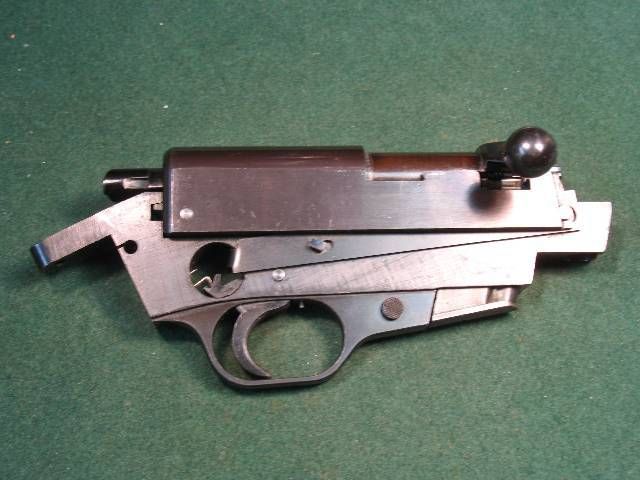
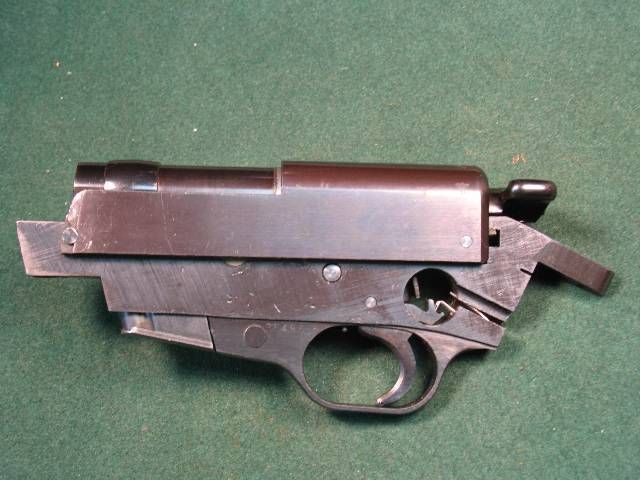
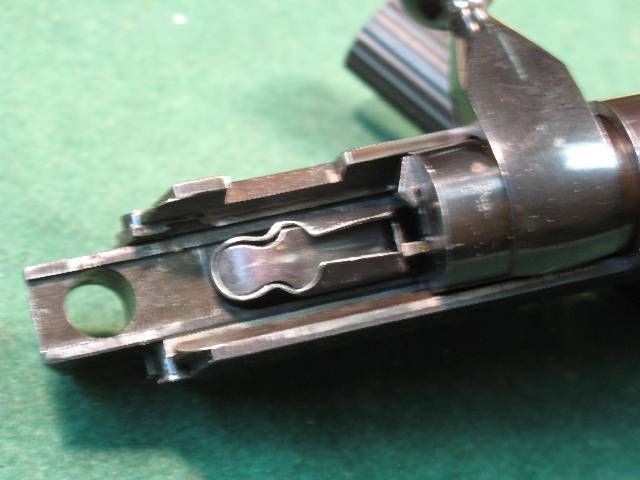
A bucket full of the actions turned up in Texas a couple a decades ago that were looted out of the factory after capture. Not sure where they wound up, but I think Bob may have gotten a couple.
Another common malady from shooting modern high velocity ammo in these is cracked stock wrists from the bolt blowing back. Most I encounter are cracked.
Definitely stick with standard velocity if shooting these. You will also find that ammo producing around 1100 fps results in the sight markings properly calibrated.
Although I often do shoot the stuff in my collection, my suggestion is these best not unless great care taken in ammo selection.
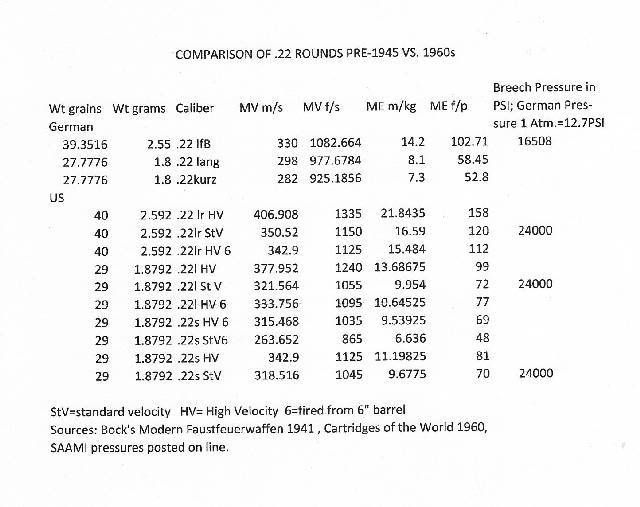
Some confusion arose with the original question being "What model is a clip fed Walther .22?" with no action specified. Again, pre-1945, Walther did not make any magazine fed manual bolt action only rifles. Were there other manual bolt action pre-1945 rifles besides Mauser manufacture?






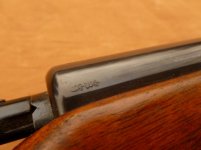



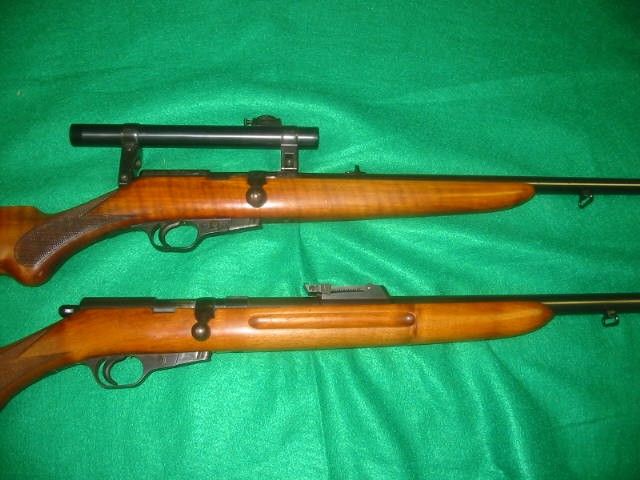
And apologies if I hijacked thread or took it in the wrong direction.
WOW thanks for that info on all your research on ammo of the period!!!!!!!!!!!
And apologies if I hijacked thread or took it in the wrong direction.
Those are all nice examples.

